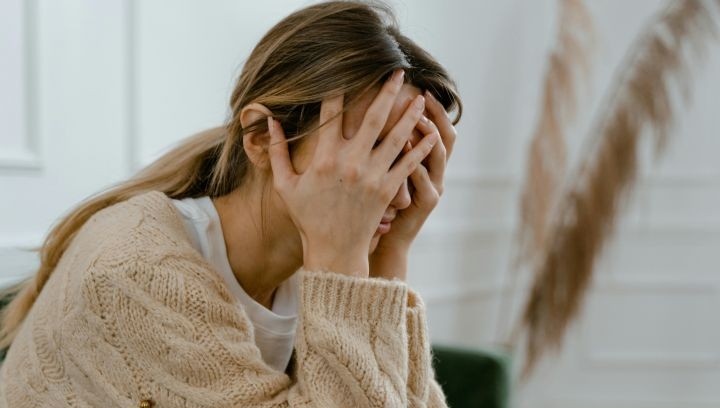
Beyond fear: practical tips for coping with phobias
What exactly is a phobia?
A phobia isn’t just being “a little scared”. It’s a debilitating, overwhelming fear of an object, situation, or experience. When faced with their trigger (or even just the thought of it), someone with a phobia can experience symptoms such as sweating, trembling, heart palpitations, dizziness, or panic. These feelings are often so intense that people structure their lives around avoiding the source of their fear.
Phobias are more common than you might think. In the UK alone, it’s estimated that around 10 million people live with a specific phobia. But many cases go undiagnosed, often because people feel embarrassed or believe they should just “get over it”.
Different types of phobias
Phobias are generally classified as either specific or complex.
-
Specific phobias involve a particular trigger, such as spiders (arachnophobia), flying (aviophobia), heights (acrophobia), or injections (trypanophobia).
-
Complex phobias, like agoraphobia or social phobia, are more disabling and often affect multiple aspects of daily life.
Interestingly, someone with one phobia is more likely to develop another, often within the same subtype. For example, someone afraid of dogs might also fear cats or other animals.
Why do phobias develop?
Phobias can develop for many reasons. Genetics may play a role, as anxiety disorders can run in families. Environmental influences also matter. Traumatic experiences or learned behaviours from childhood can leave a lasting impact. Phobias also often involve conditioning: if you once had a frightening experience with something, your brain could associate that object or situation with danger, even if the threat isn’t real.
Recognising the symptoms
Phobias affect both the mind and body. Common physical reactions include rapid heartbeat, shortness of breath, trembling, and sweating. Psychologically, people may experience panic, dread, embarrassment, or feelings of isolation. Over time, untreated phobias can contribute to anxiety and depression, further limiting quality of life.
How to cope and heal
The good news is that phobias are absolutely treatable. Many people find success through self-help techniques such as muscle relaxation, breathing exercises, meditation, and spending time in calming environments like nature. For more severe phobias, professional support can make a big difference.
Cognitive-behaviour therapy (CBT) is one of the most effective treatments, helping people reframe their thoughts and reactions. Exposure therapy can also help by gradually introducing a person to their feared situation in a controlled and safe way. Other approaches, like mindfulness-based therapies, can reduce the intensity of fear and anxiety over time.
Supporting someone with a phobia
If a friend or family member is struggling, offering understanding and non-judgmental support can make a real difference. Learn about their phobia, encourage professional help if needed, and respect their boundaries. Remember, phobias are not personal weaknesses — they’re mental health conditions that deserve compassion and care.
Living with a phobia can be isolating, but it doesn’t have to define someone’s life. With the right strategies and support, recovery is entirely possible. The first step is acknowledging the fear and knowing that help is out there. For a comprehensive guide to phobias and ways to overcome them, take a look at our free resource.